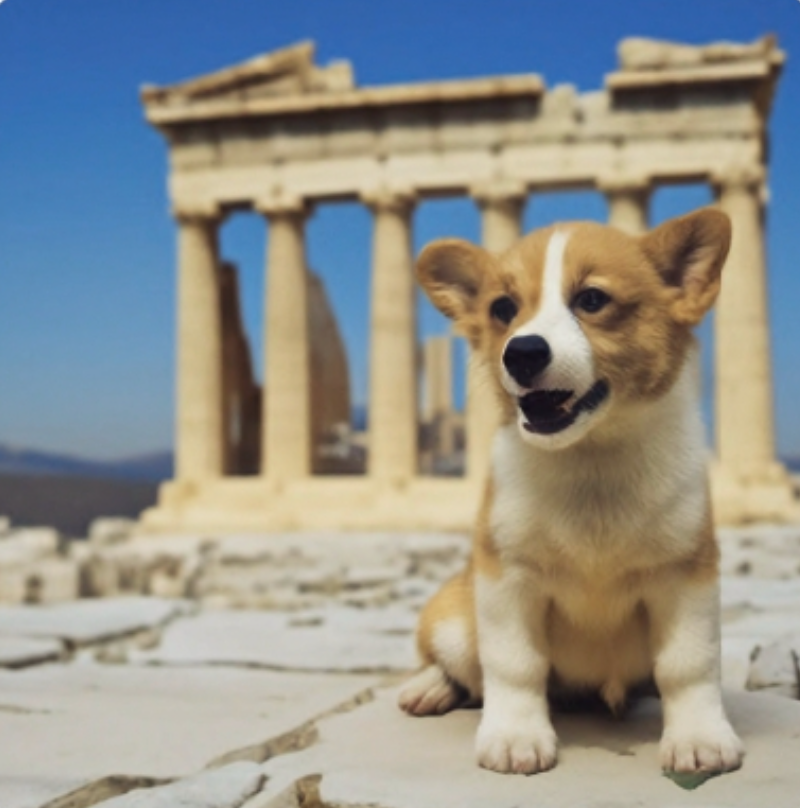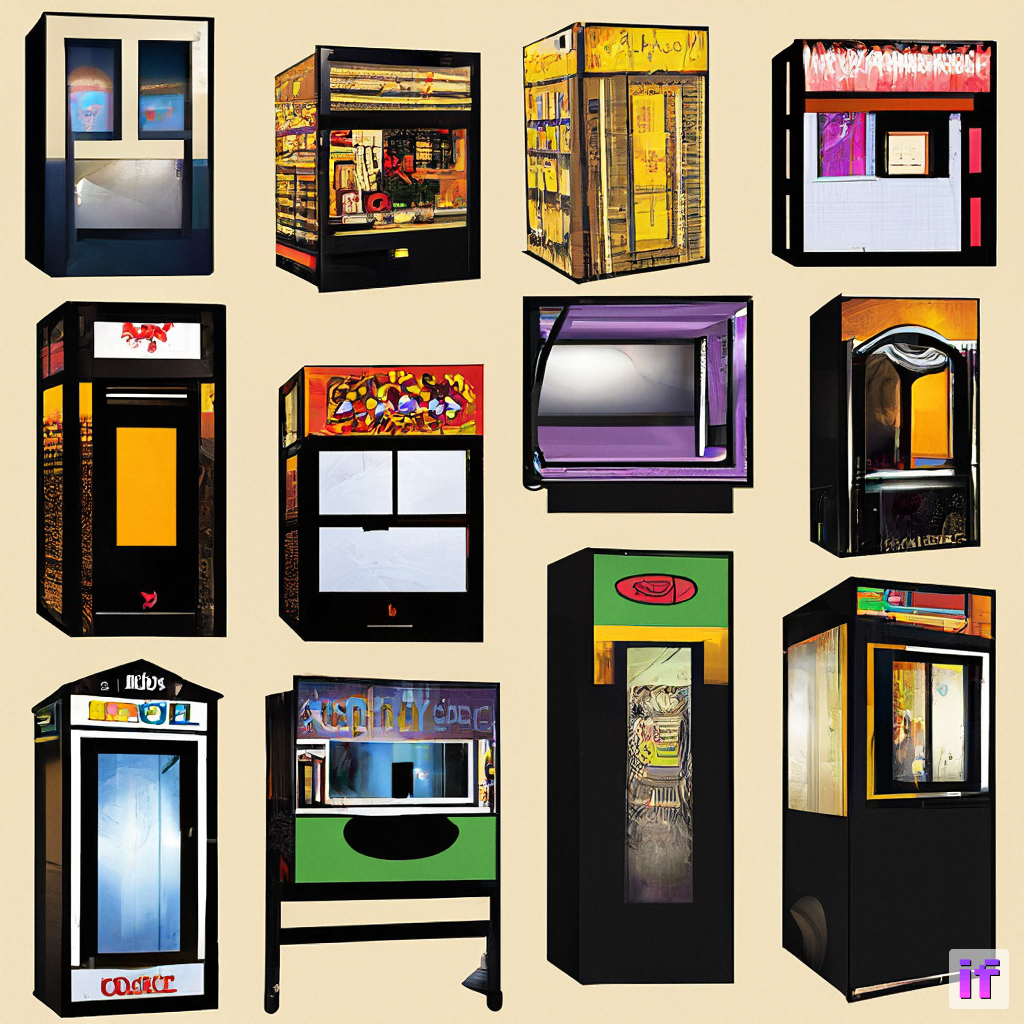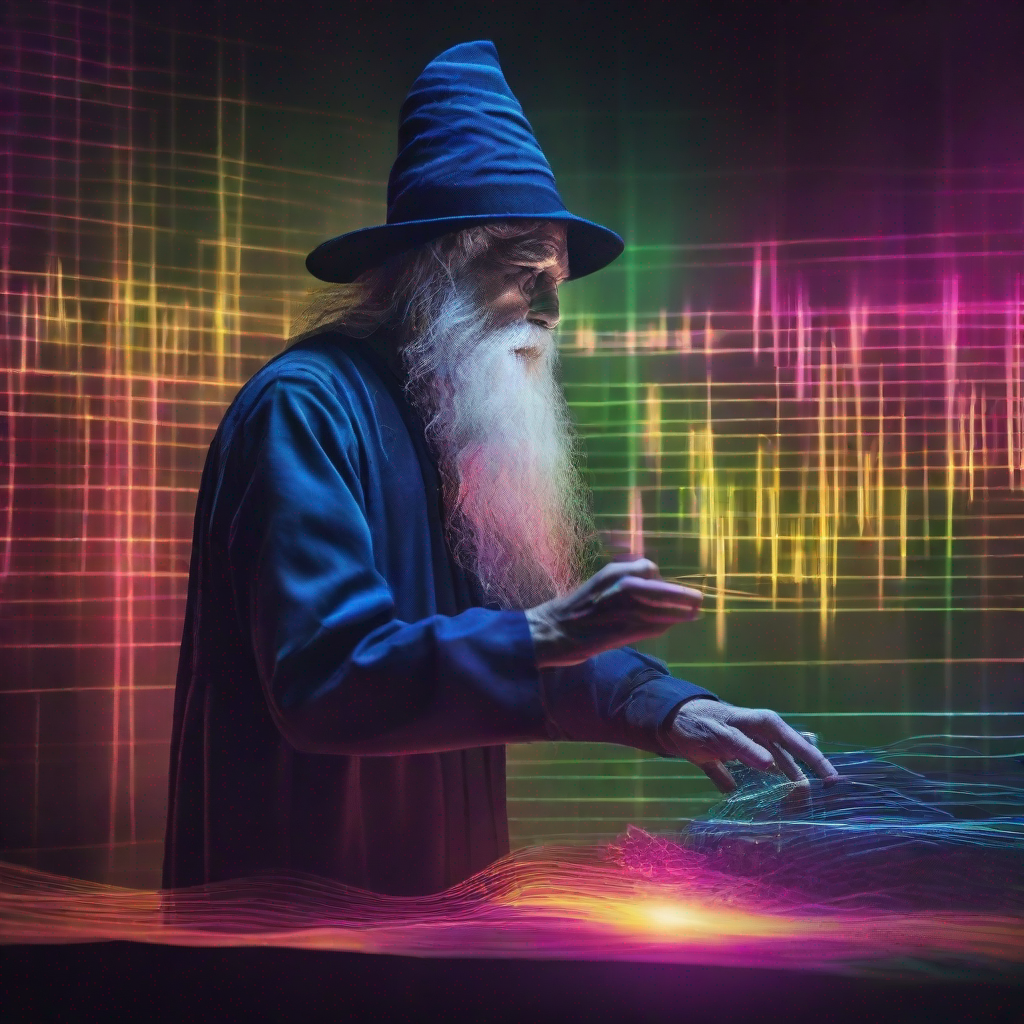dreambooth
Maintainer: replicate

288

| Property | Value |
|---|---|
| Model Link | View on Replicate |
| API Spec | View on Replicate |
| Github Link | View on Github |
| Paper Link | View on Arxiv |
Get summaries of the top AI models delivered straight to your inbox:
Model overview
dreambooth is a deep learning model developed by researchers from Google Research and Boston University in 2022. It is used to fine-tune existing text-to-image models, such as Stable Diffusion, allowing them to generate more personalized and customized outputs. By training the model on a small set of images, dreambooth can learn to associate a unique identifier with a specific subject, enabling the generation of new images that feature that subject in various contexts.
Model inputs and outputs
dreambooth takes a set of training images as input, along with prompts that describe the subject and class of those images. The model then outputs trained weights that can be used to generate custom variants of the base text-to-image model, such as Stable Diffusion.
Inputs
instance_data: A ZIP file containing the training images of the subject you want to specialize the model for.instance_prompt: A prompt that describes the subject of the training images, in the format "a [identifier] [class noun]".class_prompt: A prompt that describes the broader class of the training images, in the format "a [class noun]".class_data(optional): A ZIP file containing training images for the broader class, to help the model maintain generalization.
Outputs
- Trained weights that can be used to generate images with the customized subject.
Capabilities
dreambooth allows you to fine-tune a pre-trained text-to-image model, such as Stable Diffusion, to specialize in generating images of a specific subject. By training on a small set of images, the model can learn to associate a unique identifier with that subject, enabling the generation of new images that feature the subject in various contexts.
What can I use it for?
You can use dreambooth to create your own custom variants of text-to-image models, allowing you to generate images that feature specific subjects, characters, or objects. This can be useful for a variety of applications, such as:
- Generating personalized content for marketing or e-commerce
- Creating custom assets for video games, films, or other media
- Exploring creative and artistic use cases by training the model on your own unique subjects
Things to try
One interesting aspect of dreambooth is its ability to maintain the generalization of the base text-to-image model, even as it specializes in a specific subject. By incorporating the class_prompt and optional class_data, the model can learn to generate a variety of images within the broader class, while still retaining the customized subject. Try experimenting with different prompts and training data to see how this balance can be achieved.
This summary was produced with help from an AI and may contain inaccuracies - check out the links to read the original source documents!
Related Models

stable-diffusion

107.9K
Stable Diffusion is a latent text-to-image diffusion model capable of generating photo-realistic images given any text input. Developed by Stability AI, it is an impressive AI model that can create stunning visuals from simple text prompts. The model has several versions, with each newer version being trained for longer and producing higher-quality images than the previous ones. The main advantage of Stable Diffusion is its ability to generate highly detailed and realistic images from a wide range of textual descriptions. This makes it a powerful tool for creative applications, allowing users to visualize their ideas and concepts in a photorealistic way. The model has been trained on a large and diverse dataset, enabling it to handle a broad spectrum of subjects and styles. Model inputs and outputs Inputs Prompt**: The text prompt that describes the desired image. This can be a simple description or a more detailed, creative prompt. Seed**: An optional random seed value to control the randomness of the image generation process. Width and Height**: The desired dimensions of the generated image, which must be multiples of 64. Scheduler**: The algorithm used to generate the image, with options like DPMSolverMultistep. Num Outputs**: The number of images to generate (up to 4). Guidance Scale**: The scale for classifier-free guidance, which controls the trade-off between image quality and faithfulness to the input prompt. Negative Prompt**: Text that specifies things the model should avoid including in the generated image. Num Inference Steps**: The number of denoising steps to perform during the image generation process. Outputs Array of image URLs**: The generated images are returned as an array of URLs pointing to the created images. Capabilities Stable Diffusion is capable of generating a wide variety of photorealistic images from text prompts. It can create images of people, animals, landscapes, architecture, and more, with a high level of detail and accuracy. The model is particularly skilled at rendering complex scenes and capturing the essence of the input prompt. One of the key strengths of Stable Diffusion is its ability to handle diverse prompts, from simple descriptions to more creative and imaginative ideas. The model can generate images of fantastical creatures, surreal landscapes, and even abstract concepts with impressive results. What can I use it for? Stable Diffusion can be used for a variety of creative applications, such as: Visualizing ideas and concepts for art, design, or storytelling Generating images for use in marketing, advertising, or social media Aiding in the development of games, movies, or other visual media Exploring and experimenting with new ideas and artistic styles The model's versatility and high-quality output make it a valuable tool for anyone looking to bring their ideas to life through visual art. By combining the power of AI with human creativity, Stable Diffusion opens up new possibilities for visual expression and innovation. Things to try One interesting aspect of Stable Diffusion is its ability to generate images with a high level of detail and realism. Users can experiment with prompts that combine specific elements, such as "a steam-powered robot exploring a lush, alien jungle," to see how the model handles complex and imaginative scenes. Additionally, the model's support for different image sizes and resolutions allows users to explore the limits of its capabilities. By generating images at various scales, users can see how the model handles the level of detail and complexity required for different use cases, such as high-resolution artwork or smaller social media graphics. Overall, Stable Diffusion is a powerful and versatile AI model that offers endless possibilities for creative expression and exploration. By experimenting with different prompts, settings, and output formats, users can unlock the full potential of this cutting-edge text-to-image technology.
Updated Invalid Date

dreambooth-batch

1.0K
dreambooth-batch is a batch inference model for Stable Diffusion's DreamBooth training process, developed by Replicate. It is based on the cog-stable-diffusion model, which utilizes the Diffusers library. This model allows for efficient batch generation of images based on DreamBooth-trained models, enabling users to quickly create personalized content. Model inputs and outputs The dreambooth-batch model takes two key inputs: a set of images and a URL pointing to the trained DreamBooth model weights. The images are used to generate new content based on the DreamBooth model, while the weights file provides the necessary information for the model to perform the image generation. Inputs Images**: A JSON input containing the images to be used for generation Weights**: A URL pointing to the trained DreamBooth model weights Outputs Output Images**: An array of generated image URLs Capabilities The dreambooth-batch model excels at generating personalized content based on DreamBooth-trained models. It allows users to quickly create images of their own concepts or characters, leveraging the capabilities of Stable Diffusion's text-to-image generation. What can I use it for? The dreambooth-batch model can be used to generate custom content for a variety of applications, such as: Creating personalized illustrations, avatars, or characters for games, apps, or websites Generating images for marketing, advertising, or social media campaigns Producing unique stock imagery or visual assets for commercial use By using the DreamBooth training process and the efficient batch inference capabilities of dreambooth-batch, users can easily create high-quality, personalized content that aligns with their specific needs or brand. Things to try One key feature of the dreambooth-batch model is its ability to handle batch processing of images. This can be particularly useful for users who need to generate large volumes of content quickly, such as for animation or video production. Additionally, the model's integration with the Diffusers library allows for seamless integration with other Stable Diffusion-based models, such as Real-ESRGAN for image upscaling and enhancement.
Updated Invalid Date

poolsuite-diffusion

6
The poolsuite-diffusion model is a fine-tuned Dreambooth model that aims to reproduce the "Poolsuite" aesthetic. Dreambooth is a technique for training custom Stable Diffusion models on a small set of images, similar to dreambooth and analog-diffusion. The model was created by prompthero. Model inputs and outputs The poolsuite-diffusion model takes a text prompt as input and generates one or more images that match the provided prompt. The key inputs are: Inputs Prompt**: The text prompt describing the desired image Width/Height**: The desired dimensions of the output image Seed**: A random seed to control image generation (leave blank to randomize) Num Outputs**: The number of images to generate Guidance Scale**: The degree of influence the text prompt has on the generated image Num Inference Steps**: The number of denoising steps to take during generation Outputs Output Images**: One or more images generated based on the provided inputs Capabilities The poolsuite-diffusion model can generate images with a distinct "Poolsuite" visual style, which is characterized by vibrant colors, retro aesthetics, and a relaxed, summery vibe. The model is especially adept at producing images of vintage cars, landscapes, and poolside scenes that capture this specific aesthetic. What can I use it for? You can use the poolsuite-diffusion model to generate images for a variety of creative projects, such as album covers, social media content, or marketing materials with a distinctive retro-inspired look and feel. The model's ability to capture the "Poolsuite" aesthetic makes it well-suited for projects that aim to evoke a sense of nostalgia or relaxation. Things to try Try experimenting with different prompts that incorporate keywords or concepts related to vintage cars, California landscapes, or poolside settings. You can also play with the various input parameters, such as the guidance scale and number of inference steps, to see how they affect the final output and the degree of "Poolsuite" fidelity.
Updated Invalid Date

train-rvc-model

18
The train-rvc-model is a retrieval-based voice conversion framework developed by Replicate that allows users to train their own custom RVC (Retrieval-based Voice Conversion) models. It is built upon the VITS (Variational Inference for Text-to-Speech) architecture and aims to provide a simple and easy-to-use voice conversion solution. The model leverages techniques such as top-1 retrieval to prevent audio quality degradation and supports training with relatively small datasets, making it accessible for users with limited resources. The RVC framework can also be used to blend models for changing the output voice characteristics. Model inputs and outputs The train-rvc-model takes in various inputs to configure the training process, including the training dataset, the model version, the F0 (fundamental frequency) extraction method, the training epoch, and the batch size. The key inputs are: Inputs Dataset Zip**: A zip file containing the training dataset, with the dataset split into individual WAV files. Version**: The version of the RVC model to train, with the latest version being v2. F0 method**: The method used for extracting the fundamental frequency of the audio, with the recommended option being rmvpe_gpu. Epoch**: The number of training epochs to run. Batch Size**: The batch size to use during training. Outputs Output**: The trained RVC model, which can be used for voice conversion tasks. Capabilities The train-rvc-model is capable of training custom RVC models that can perform high-quality voice conversion, even with relatively small datasets. The model leverages advanced techniques like top-1 retrieval to prevent audio quality degradation and supports training on limited hardware resources. Additionally, the RVC framework allows for model blending, enabling users to adjust the output voice characteristics. What can I use it for? The train-rvc-model can be used for a variety of voice conversion applications, such as generating synthetic voices, dubbing audio in different languages, or creating personalized voice assistants. By training custom RVC models, users can tailor the voice characteristics to their specific needs, whether it's for personal projects, commercial applications, or creative endeavors. The model's ability to work with small datasets and its simple web-based interface make it accessible for a wide range of users. Things to try One interesting feature to explore with the train-rvc-model is the ability to blend multiple RVC models together. By utilizing the "ckpt-merge" option in the web interface, users can combine different trained models to create unique voice characteristics. This can be used to experiment with various voice styles or to refine the output based on specific preferences. Another aspect worth exploring is the model's performance on different hardware setups, including AMD Radeon and Intel IPEX-enabled GPUs. The RVC framework is designed to be hardware-agnostic, allowing users to leverage a variety of hardware configurations to train their models.
Updated Invalid Date